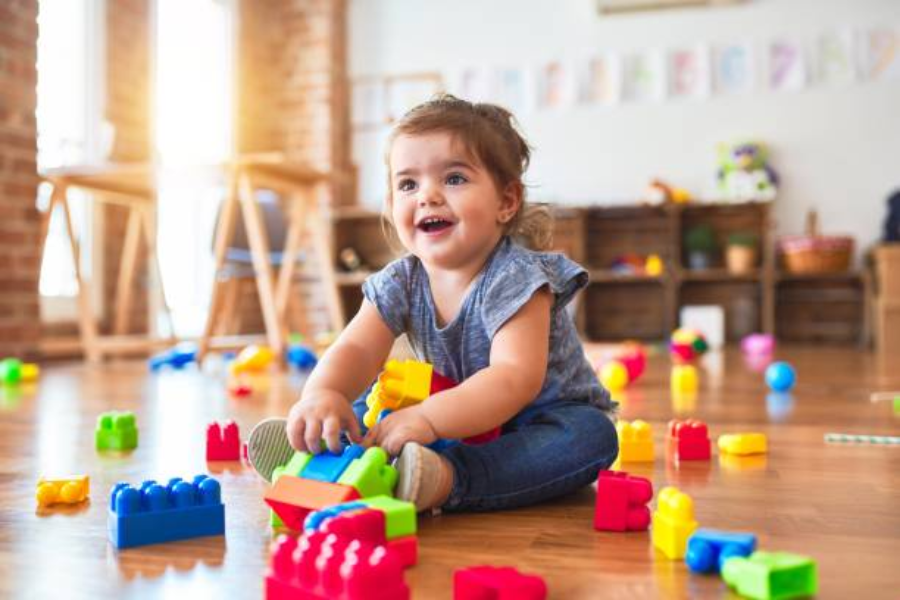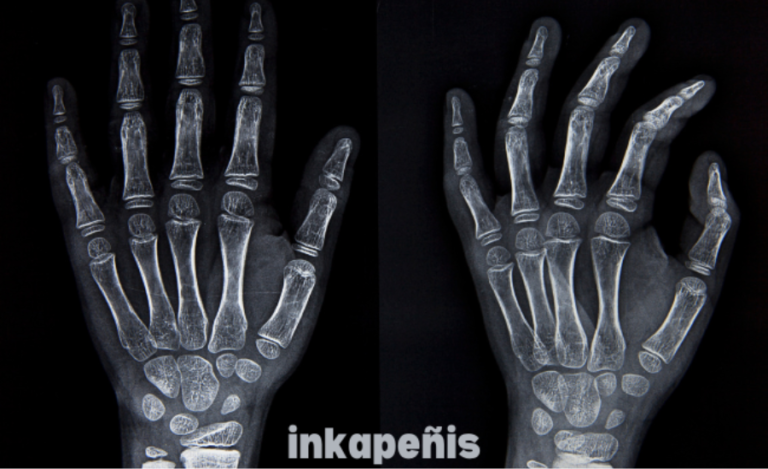Crucial Items for Infants and Young Children Lumolog: All-Inclusive Setup for a New Baby
Welcoming a new baby is a profound and transformative experience, filled with joy and anticipation. Yet, amid the excitement, it is crucial to undertake the essential task of preparing for your baby’s many needs. This preparation is not merely about stocking up on baby gear but involves careful planning to ensure a nurturing and well-organized environment for your newborn. The following guide provides an in-depth look at essential baby and toddler equipment, helping you set up a safe and comfortable space for your little one.
Essential Baby Sleeping Gear: Cribs and Bassinets
Choosing the Right Crib
One of the most important things you can do to be ready for your baby’s birth is to choose a crib. Safety should be your top priority. Look for a crib that adheres to the latest safety standards, including a firm mattress that fits snugly and adjustable mattress heights to accommodate your growing baby. Convertible cribs are an excellent choice for long-term value; they can transform into toddler beds as your child grows, providing adaptability and extending the life of the crib.
When choosing a crib, ensure it is made of non-toxic materials and has no sharp edges or protruding parts that could pose a hazard. The crib slats should be no more than 2 3/8 inches apart to prevent any risk of entrapment. Additionally, always place the crib away from windows, blinds, and cords to minimize potential risks.
Utilizing a Bassinet in the Early Months
In the initial months, a bassinet offers a practical and cozy sleeping solution. Its portability allows you to place it close to your bed, facilitating nighttime feedings and ensuring you can easily tend to your baby. When choosing a bassinet, ensure it has a stable, flat surface and meets current safety standards. A bassinet with a breathable mesh side will provide better air circulation and reduce the risk of suffocation.
Types of Car Seats for Safe Travel
For the safety of your infant when traveling, car seats are essential. The different types of car seats serve various stages of your baby’s growth, ensuring that they remain secure and protected throughout their early years.
Infant Car Seats
Infant car seats are specifically designed for newborns and are typically rear-facing, providing the best protection in the event of a collision. These seats often feature a detachable base, allowing for easy transfer of your baby from the car to a stroller or home without disturbing their sleep. Their portability makes them a convenient choice for daily commutes and errands.
When selecting an infant car seat, check for features such as a five-point harness system, easy-to-adjust straps, and an impact-absorbing base. Ensure the car seat fits securely in your vehicle and that you can install it correctly according to the manufacturer’s instructions.
Convertible Car Seats
Convertible car seats are a versatile option that can transition from rear-facing to forward-facing as your baby grows. This adaptability makes them a cost-effective choice, as you won’t need to purchase multiple seats as your child ages. Convertible car seats often come with additional features like adjustable harnesses and reclining positions to accommodate your baby’s changing needs.
Look for a convertible car seat with a high safety rating, easy installation mechanisms, and comfortable padding. Some models also offer extra features like side-impact protection and an adjustable headrest for added safety and comfort.
Booster Seats
As your child outgrows the convertible car seat, booster seats become necessary. These seats elevate your child so that the vehicle’s seat belt fits correctly, providing an additional layer of safety. Booster seats come in high-back and backless varieties, depending on your child’s size and the vehicle’s seat design.
When choosing a booster seat, ensure it meets safety standards and is compatible with your vehicle’s seat belts. A high-back booster seat is recommended if your car does not have adjustable headrests or if your child needs additional side protection.
Stroller Options for Convenient Mobility
Strollers are indispensable for making outings and errands easier with a baby. Various types of strollers cater to different needs and preferences.
Standard Strollers
Standard strollers offer versatility and functionality, making them suitable for everyday use. They typically come with features such as reclining seats, ample storage baskets, and adjustable handlebars. Standard strollers are robust and designed to handle various terrains, ensuring comfort and convenience for both parents and children.
When selecting a standard stroller, consider factors like ease of maneuverability, foldability, and the size of the storage basket. A stroller with a one-handed fold mechanism can be especially useful when you need to manage multiple tasks simultaneously.
Travel Systems
Travel systems combine an infant car seat with a stroller into a single package, providing a seamless transition between the car and stroller. This integration is especially beneficial during the initial months when frequent trips are common. The convenience of moving your baby from the car to the stroller without disturbing their sleep adds significant ease to your daily routine.
Ensure that the car seat and stroller in the travel system are compatible and that the car seat clicks securely into the stroller frame. Look for additional features such as a large canopy and a smooth suspension system for added comfort.
Umbrella Strollers
For a more compact and lightweight option, umbrella strollers are ideal. Their design focuses on portability and ease of use, making them perfect for quick trips and travel. Umbrella strollers are easily foldable and convenient to carry, catering to the needs of busy parents who require a hassle-free way to navigate their day.
Consider the stroller’s weight, foldability, and storage options when choosing an umbrella stroller. Some models also offer reclining seats and adjustable canopies for added comfort and versatility.
Selecting the Right Diapers for Your Baby
When it comes to diapers, you have two primary options: disposable and cloth. Each type has its benefits, and your choice will depend on your lifestyle and preferences.
Disposable Diapers
Disposable diapers are convenient and easy to use, offering a wide range of sizes to accommodate your baby’s growth. They are designed to absorb moisture effectively and keep your baby dry. Many disposable diapers come with features such as wetness indicators and stretchy side panels for a comfortable fit.
When choosing disposable diapers, consider factors like absorbency, fit, and skin sensitivity. Opt for brands that offer hypoallergenic options and are free from harmful chemicals and fragrances.
Cloth Diapers
Cloth diapers are an eco-friendly alternative that can be reused, potentially reducing waste and long-term costs. They come in various styles, including prefold, fitted, and pocket diapers. Cloth diapers require more maintenance, such as washing and drying, but they offer a sustainable choice for environmentally-conscious parents.
If you choose cloth diapers, consider investing in a diaper pail and liners to manage soiled diapers effectively. Look for cloth diapers made from breathable, absorbent materials to ensure comfort and prevent leaks.
Essential Wipes for Diaper Changes
Baby wipes are essential for efficient cleanups during diaper changes. It is crucial to select wipes that are gentle and designed for sensitive baby skin. Opt for wipes that are free from harsh chemicals and fragrances, as these can irritate your baby’s delicate skin.
High-quality wipes will ensure your baby’s comfort and hygiene by assisting you in managing speedy and efficient cleanups. Look for wipes with natural ingredients and a soft, textured surface for better cleaning and fewer skin irritations.
Stocking Up on Diapering Essentials
Maintaining a well-stocked supply of both diapers and wipes is essential for smooth daily routines. Whether you opt for disposable or cloth diapers, and regardless of the type of wipes you choose, ensuring that you have enough on hand will help you manage diapering needs efficiently. Making the right preparations and selections for these necessities helps to provide your infant with greater care and comfort.
Consider buying diapers and wipes in bulk to save on costs and ensure you always have an adequate supply. Store these items in a convenient location to make diaper changes quick and hassle-free.
Choosing the Right Clothing for Your Baby
Ensuring your baby is dressed comfortably and appropriately for the weather is key to their well-being. Consider the following necessary clothing items:
Onesies
An essential item of clothing for your newborn is a onesie. These adaptable bodysuits make dressing your baby simple and are excellent for layering. To accommodate varying activities and climates, they are available in a variety of styles and materials. To make dressing and changing diapers easier, look for onesies with snap closures or envelope necklines.
Sleepers
Sleepers are full-body suits designed to keep your baby warm and snug during naps and nighttime sleep. The all-in-one design offers both warmth and ease of use, ensuring that your baby remains comfortable and secure throughout their sleep. Choose sleepers made from soft, breathable fabrics to prevent overheating and ensure a good night’s rest.
Essential Accessories for Warmth and Comfort
In addition to onesies and sleepers, include socks and hats in your baby’s wardrobe. Especially in colder months, these are essential for protecting your baby’s extremities from the cold. Opt for socks and hats made from soft, breathable materials to ensure maximum comfort and prevent irritation.
Essential Feeding Supplies for Your Baby
Feeding your baby requires the right equipment to ensure a smooth and enjoyable experience for both you and your little one.
Bottle-Feeding Essentials
If you are opting for bottle-feeding, select bottles that are free from BPA and choose nipples appropriate for your baby’s age and feeding requirements. Consider bottles with anti-colic features to reduce gas and discomfort. Sterilizing bottles and nipples before each use is essential for maintaining hygiene.
Tools for Breastfeeding Mothers
For mothers who are breastfeeding, a reliable breast pump can be extremely beneficial. With the help of an excellent breast pump, you can conveniently and flexibly manage your feeding schedule by efficiently expressing milk and storing it for later use. Look for a pump that suits your needs, whether manual or electric, and consider investing in storage bags or bottles for milk.
Feeding Accessories and High Chairs
High chairs and bibs are important feeding equipment in addition to bottles and breast pumps. Bibs protect your baby’s clothing from spills and are easy to clean. A high chair provides a secure and comfortable place for your baby during mealtime, with adjustable features to accommodate their growth.
Baby Health and Safety Items: Thermometers and First Aid Kits
Maintaining your baby’s health and safety is paramount. Essential items include:
- Thermometers: A reliable thermometer is crucial for monitoring your baby’s temperature. Consider digital or rectal thermometers for accuracy. Ensure you follow the manufacturer’s instructions for proper use and cleaning.
- First Aid Kit: A well-stocked first aid kit is essential for addressing minor injuries and illnesses. Include items such as bandages, antiseptic wipes, a digital thermometer, and baby-safe pain relievers. Familiarize yourself with basic first aid procedures to respond effectively in emergencies.
Conclusion
Preparing for a new baby involves a careful selection of essential equipment and supplies to create a safe, comfortable, and nurturing environment. From choosing the right sleeping gear and car seats to stocking up on diapers and feeding supplies, thoughtful planning ensures that you are well-prepared for your baby’s arrival. By investing in high-quality, safe, and practical baby gear, you can focus on cherishing the special moments with your new bundle of joy.






